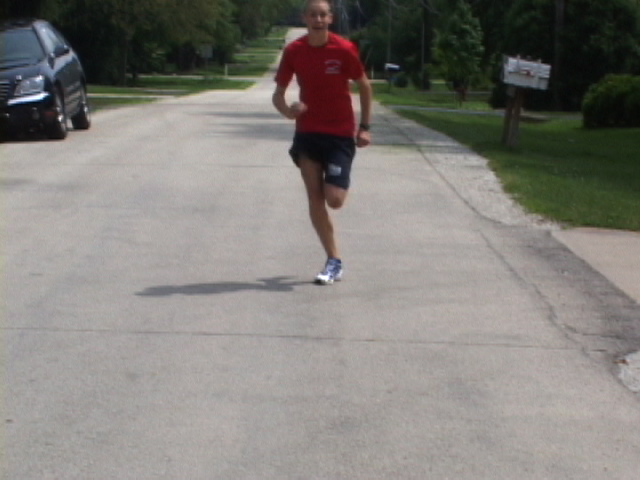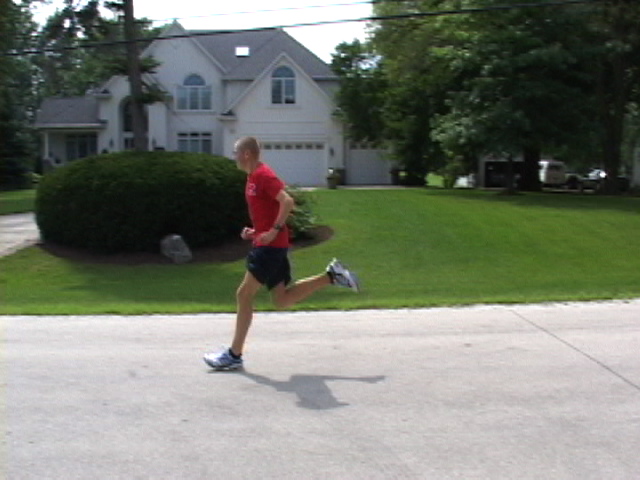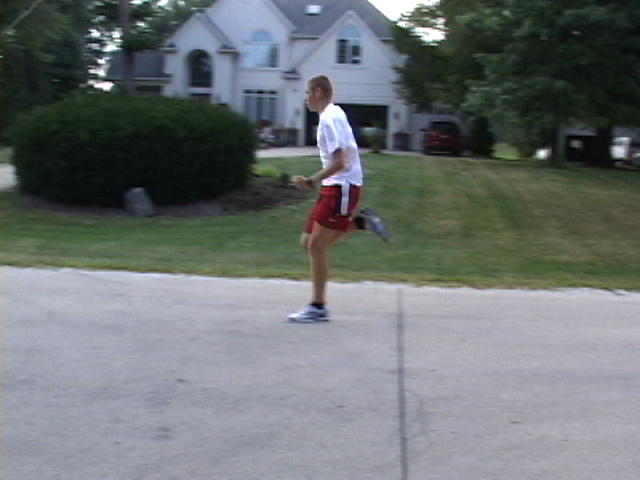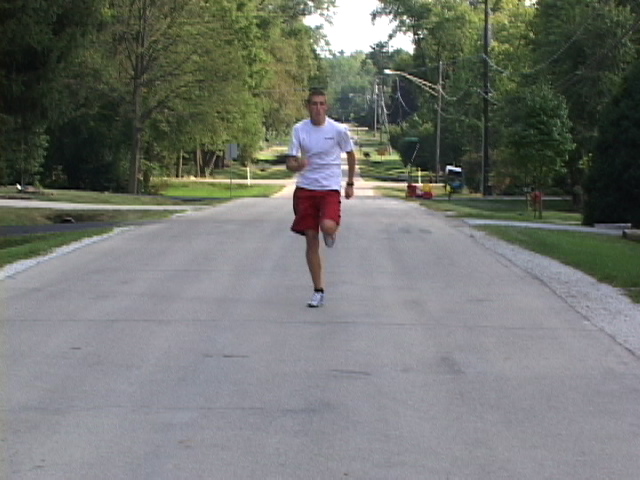What a Sprint Coach Can Teach a Distance Coach
In addition to being a high school sprint coach, I also run a facility that trains all kinds of athletes. Even though people who want to run faster in team sports make up more than half of my clients, many of my kids are distance runners. I’ve trained a handful of kids that have run under 4:15 in the mile. I’ve had a handful of kids that have run faster than 1:55 and 800. I have had cross country teams bring their top seven to come work with me who coincidentally won some team state championships. I’ve worked with a 4×800 state championship relay team. But, because there is such a big divide between a distance coach and a sprint coach, they often have a hard time reaching across that coaching boundary to see what we can learn from each other. Immediately coaches say that “one is aerobic and one is anaerobic. They really don’t have much in common.” But I have found that is not true. Running is running. It usually comes down to whoever is faster wins the race. (Thanks Captain Obvious!) We’ve all seen many distance races where the eventual winner hangs around for the last 200-300m and makes a move and “out-kicks” everyone at the end, when in reality, they sprinted faster the last portion of the race. Very rarely do you see a distance runner who runs a 13-second 100m dash out-race someone at the end of a competitive race. So what we can learn from this is that speed, regardless of the event, is a major factor in racing.
I had the honor of coaching at York High School in Elmhurst IL for nine years (home of legendary coach Joe Newton). Elmhurst York is quite possibly the best distance program in the history of high school track and field. They have had countless state champions in the distance events. Donald Sage, probably the most famous of all the distance runners, ran an 8:42 3200 and 4:07 in the 1600. Sage could run a 48-second 400. My time at York was spent under Stan Reddel. Stan started to change the slow mileage mindset. He wanted his distance runners to be fast. Stan instituted “Fly-10 Monday”. Whether you were 100m dash runner or two-miler, everyone ran fly 10s on Monday. How can we expect someone to run 13-14 seconds in a hundred meters at the end of the race if they can’t run a 12-second 100m dash when they are fresh? Unless you can get your runners to sprint fairly well you can’t expect to out-kick anyone at the end of the race. Endurance work doesn’t help anyone run a 12-second 100m. While speed may not be a top priority in a distance program, it is something that needs to be addressed. Long runs don’t improve speed. Repeat 200s don’t improve speed. Stan Reddel’s emphasis on speed paid dividends. Jack Driggs, IHSA state champ in both the 1600 and 3200 in 2011, could run a 49-second 400 and mid 11-sec 100m. There are many other Dukes that scored points in the state meets that benefited from the speed work.
Rhythm
Besides fundamental speed, another aspect of fast running that I see most distance runners lacking is rhythm. They fail to execute any type of coordinated skip or hop. This always puzzles me because because a distance runner should be a very rhythmic athlete. Maybe they’ve spent so much time running, they’ve never challenged themselves to do other coordinated movements. Drills are important because sometimes you have to change pace, overcome the environment, or survive contact with other runners. Drills challenge the gait pattern. Training rhythm and learning complex patterns make it easier to navigate the pitfalls of a race.
Economy
I find it puzzling that coaches don’t ask the question, “If everyone’s doing the same amount of miles why isn’t everyone running similar race times?” If distance running was truly about aerobic work, everyone would be running faster times. More important than speed, it is economy that gives distance runners the ability to “out kick” their opponents at then end. Watch any distance race, from a mile to a 10K to a marathon. You can almost rank people, correlating their form with their place. The slower a distance runner, for the most part, the more they lack any lateral stability, which results into a really poor foot pattern, which forces over-rotation of arms. The pattern becomes cyclic. The result is usually a beat-up runner (shin splints, tight IT-bands, knee pain, etc.).
The first two pictures show a distance runner, 4:35 in mile, 1.35 in 10m fly.


Same guy, but now he can sprint.
1.18 in the 10m fly and 4:11 in mile.



Springy ankles.